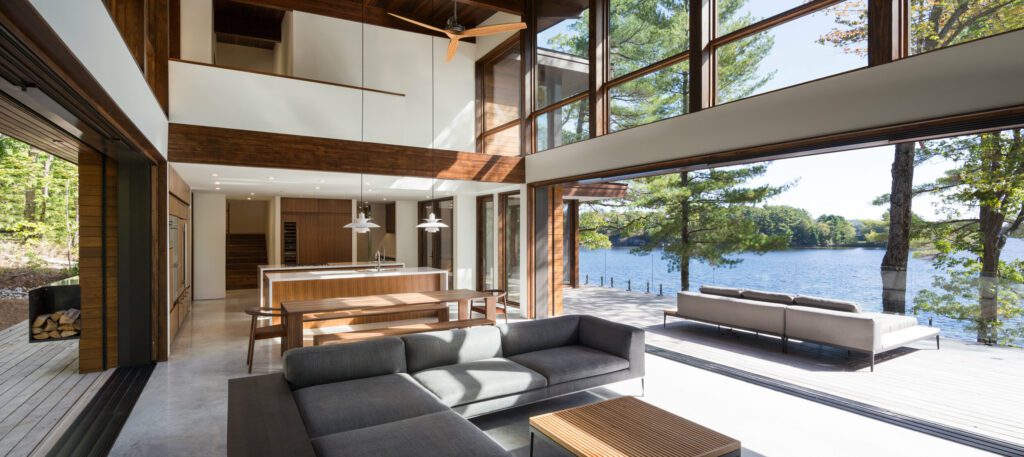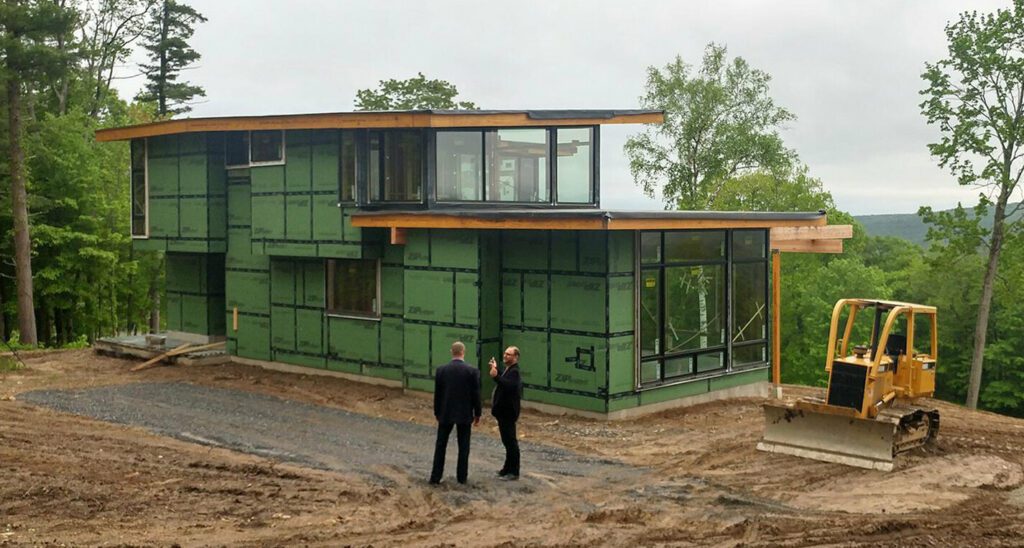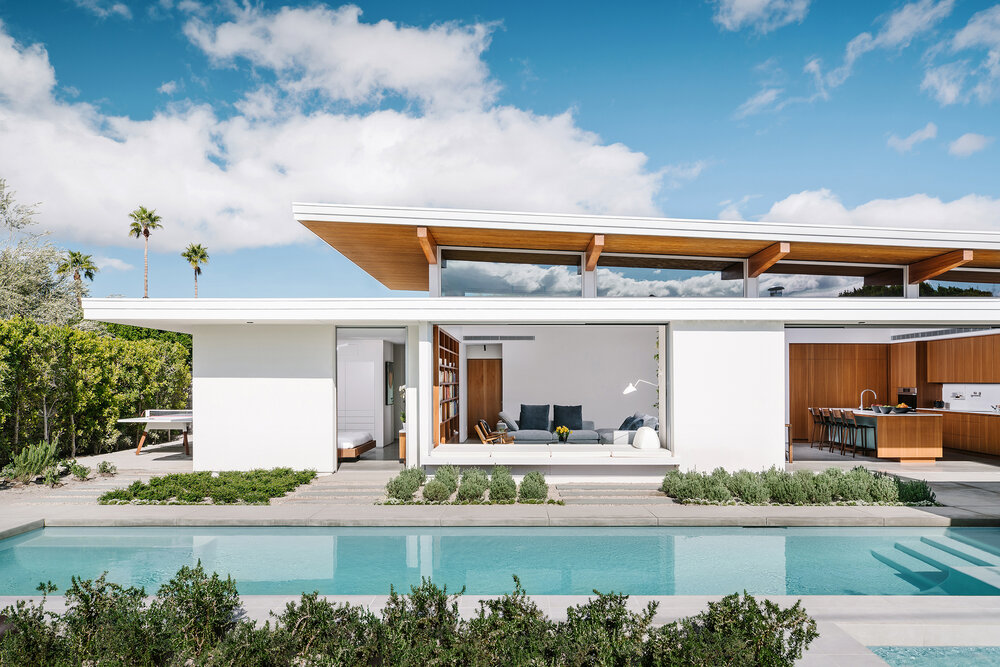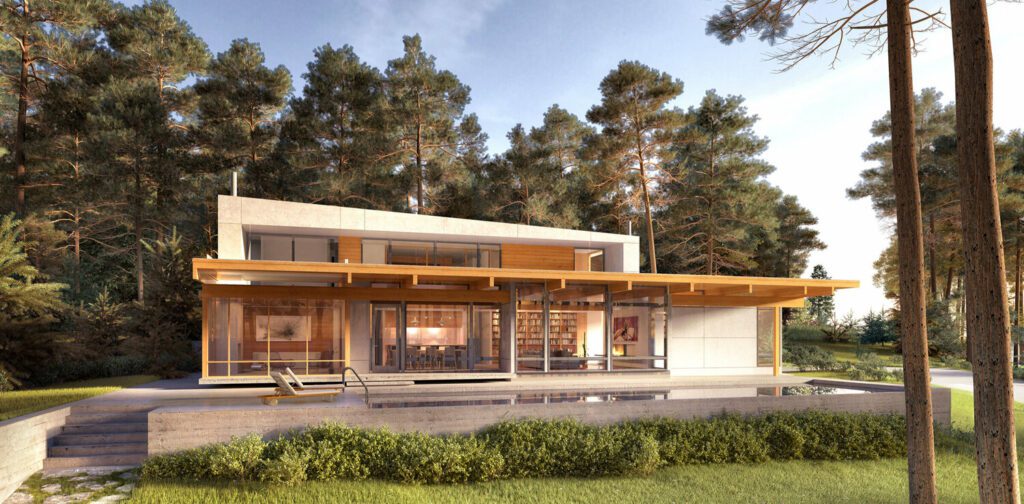La gente a menudo nos pregunta por qué construimos nuestras casas con paneles prefabricados en lugar de grandes módulos.
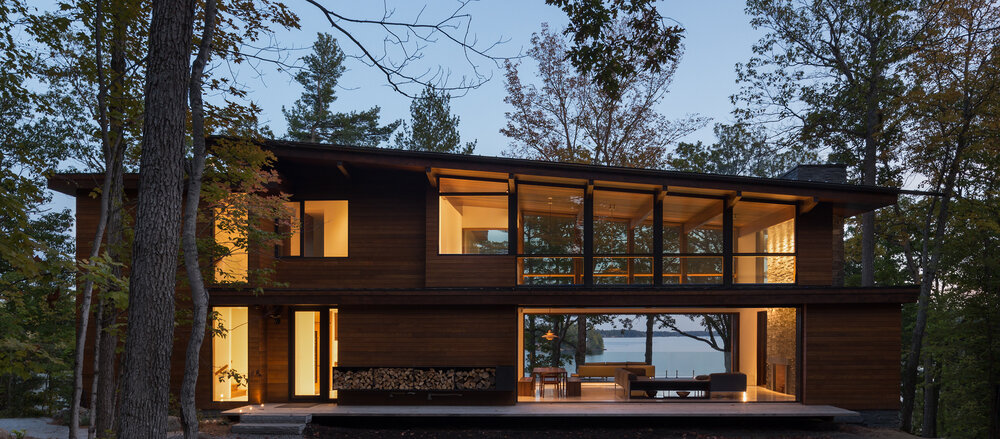
Primero seamos claros de lo que estamos hablando. Tanto en la prefabricación modular como panelada, gran parte de la casa se construye en una instalación especializada. En la construcción modular, partes enteras de la casa se construyen como grandes volúmenes, ya sea parcial o totalmente terminados. Luego se transportan en camiones al sitio de construcción y se levantan sobre una base preconstruida. (Es posible que haya visto tales módulos rodando por la carretera, con luces intermitentes que le advierten de una CARGA AMPLIA más adelante).
En la construcción con paneles, las paredes exteriores e interiores de la casa también están prefabricadas, pero esas paredes se construyen en una serie de paneles planos. Estos paneles pueden enviarse en un camión de plataforma convencional y luego ensamblarse en el sitio sobre una base preparada. Las vigas, viguetas y vigas de la casa también están precortadas, por lo que también pueden enviarse al sitio y ensamblarse de manera eficiente.
¿Por qué prefabricar en absoluto?
La construcción modular y en paneles aborda los problemas que presentan los convencionales ?construidos con varillas? construcción. Es difícil construir con precisión cuando debe medir, cortar y clavar cada pieza de la casa en el lugar. Construir de esta manera también puede llevar mucho tiempo. Además, si la casa debe lograr un acabado de alta calidad, eso podría requerir un nivel de experiencia en construcción que no está disponible, o financieramente apropiado, en todas las localidades. La prefabricación puede ser más precisa, puede ser más rápida, puede proporcionar un producto superior, pero lo más importante, proporciona previsibilidad.
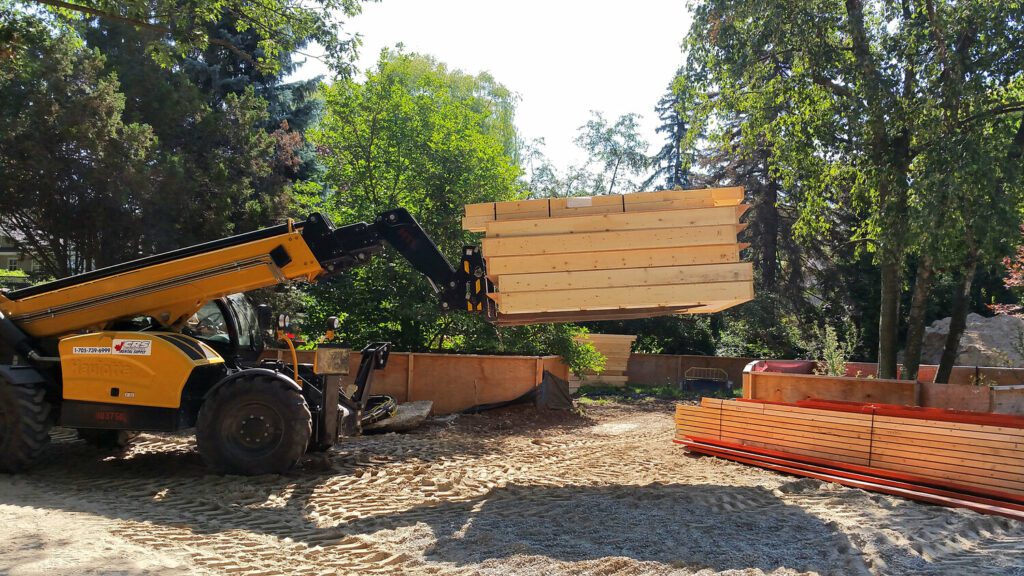
¿Por qué construimos paneles prefabricados?
La prefabricación con paneles le brinda variedad espacial.
Una de las señas de identidad de nuestras viviendas es su variedad espacial. Algunos espacios son íntimos, otros son expansivos. Algunos son de altura estándar, otros se elevan hacia arriba, a veces hasta dos pisos completos. La construcción modular hace que esta variedad sea difícil de lograr de manera eficiente.
Incluso un módulo de CARGA ANCHA no puede ser más ancho que un carril de autopista. A menudo, este ancho es demasiado grande para un espacio íntimo y demasiado pequeño para uno expansivo. Y un módulo de casa no puede ser más alto que el paso elevado más bajo de la autopista por debajo del cual debe pasar.
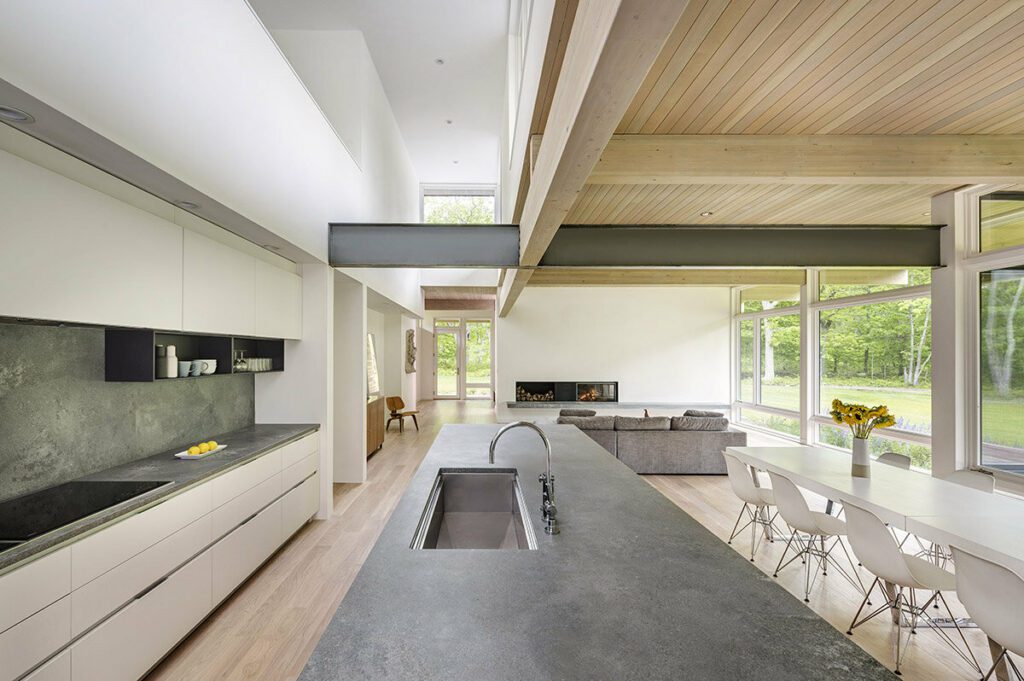
¿Por qué pagar para ?enviar aire?
Cuando una casa prefabricada se transporta al sitio en paneles, los paneles se pueden apilar uno encima del otro en el camión, empaquetado plano, para que se pueda entregar una gran cantidad de material en cada envío. Con un módulo, está enviando un gran volumen de aire por la carretera. Los paneles son una forma más eficiente de transportar una casa prefabricada.
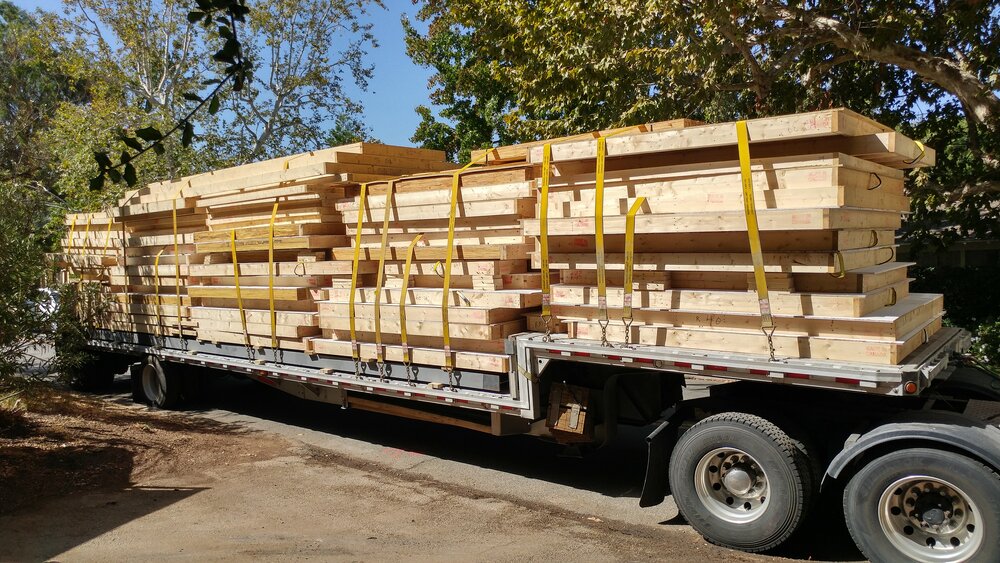
Su hogar Turkel Design se puede construir prácticamente en cualquier lugar
Desde los primeros días de Turkel Design, escuchamos alto y claro de nuestros clientes que querían poder construir sus casas. prácticamente en cualquier lugar: en ciudades y suburbios, en sitios cerca de la ciudad o en el desierto, y en lugares cercanos y lejanos. El gran tamaño de los módulos de casas impide que se transporten por caminos estrechos o empinados que conducen a sitios remotos. Y los módulos están sujetos a daños si viajan largas distancias, por el viento, la lluvia y la vibración de la carretera. Los paneles evitan ambos problemas.
Su hogar puede ser inspeccionado adecuadamente
Los paneles evitan otro problema: algunas localidades se resisten a los módulos por varias razones. Entre ellos, los módulos a menudo llegan con la estructura, el cableado y la plomería ocultos detrás de paneles de yeso, donde los funcionarios de construcción no pueden inspeccionarlos. Las paredes de nuestras casas panelizadas llegan descubiertas, por lo que se puede inspeccionar la estructura y los distintos sistemas a medida que se instalan. La casa prefabricada con paneles le permite construir su hogar en cualquier sitio que se adapte a sus sueños.
Esperamos que esto aclare por qué prefabricamos nuestras casas como paneles en lugar de módulos. ¿Tiene otras preguntas sobre cómo construimos casas prefabricadas personalizadas? Visita nuestro Proceso sección.
Fotografía: Fotografía Nat Rea, Estudio Revelateur
